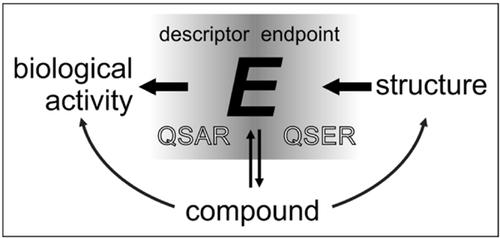Mini-Reviews in Medicinal Chemistry ( IF 3.3 ) Pub Date : 2020-07-31 , DOI: 10.2174/1389557520666200204121806 Karel Nesměrák 1

|
Many biochemical reactions are based on redox reactions. Therefore, the redox potential of a chemical compound may be related to its therapeutic or physiological effects. The study of redox properties of compounds is a domain of electrochemistry. The subject of this review is the relationship between electrochemistry and medicinal chemistry, with a focus on quantifying these relationships. A summary of the relevant achievements in the correlation between redox potential and structure, therapeutic activity, resp., is presented. The first part of the review examines the applicability of QSPR for the prediction of redox properties of medically important compounds. The second part brings the exhaustive review of publications using redox potential as a molecular descriptor in QSAR of biological activity. Despite the complexity of medicinal chemistry and biological reactions, it is possible to employ redox potential in QSAR/QSPR. In many cases, this electrochemical parameter plays an essential but rarely absolute role.
中文翻译:

药物化学与电化学的结合:氧化还原电位在QSAR / QSPR中终点或分子描述符的作用。
许多生化反应都基于氧化还原反应。因此,化合物的氧化还原电位可能与其治疗或生理作用有关。化合物氧化还原特性的研究是电化学领域。这篇综述的主题是电化学与药物化学之间的关系,重点是量化这些关系。总结了氧化还原电位与结构,治疗活性之间相关性的相关成就。审查的第一部分检查了QSPR在预测医学上重要化合物的氧化还原特性方面的适用性。第二部分对使用氧化还原电位作为生物活性QSAR中的分子描述符的出版物进行了详尽的综述。尽管药物化学和生物反应非常复杂,但仍可以在QSAR / QSPR中使用氧化还原电位。在许多情况下,该电化学参数起着至关重要的作用,但很少发挥绝对作用。











































 京公网安备 11010802027423号
京公网安备 11010802027423号